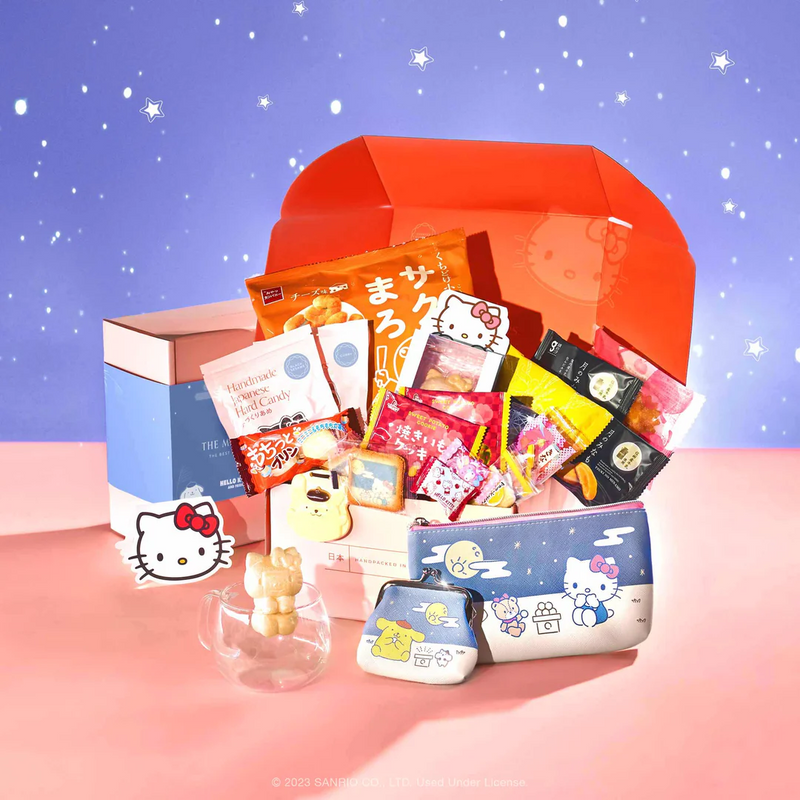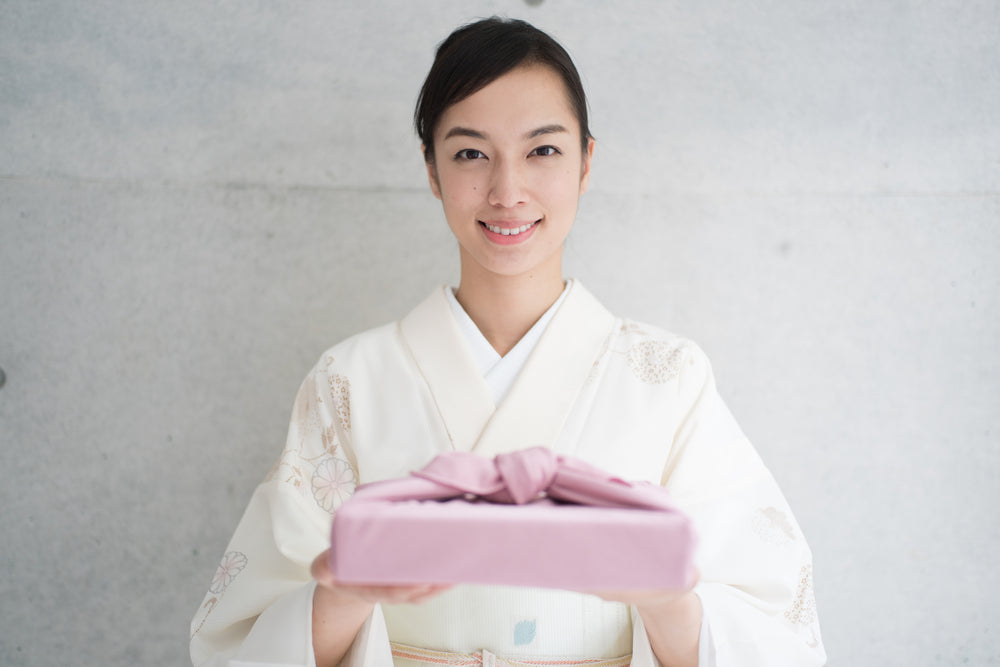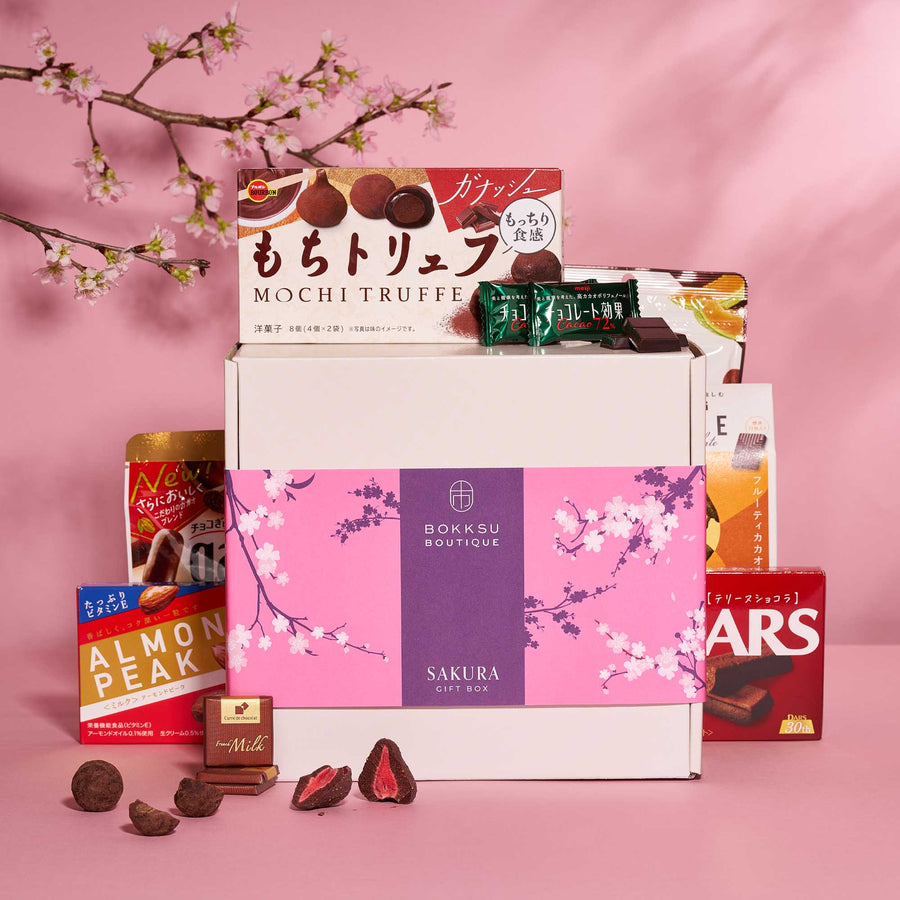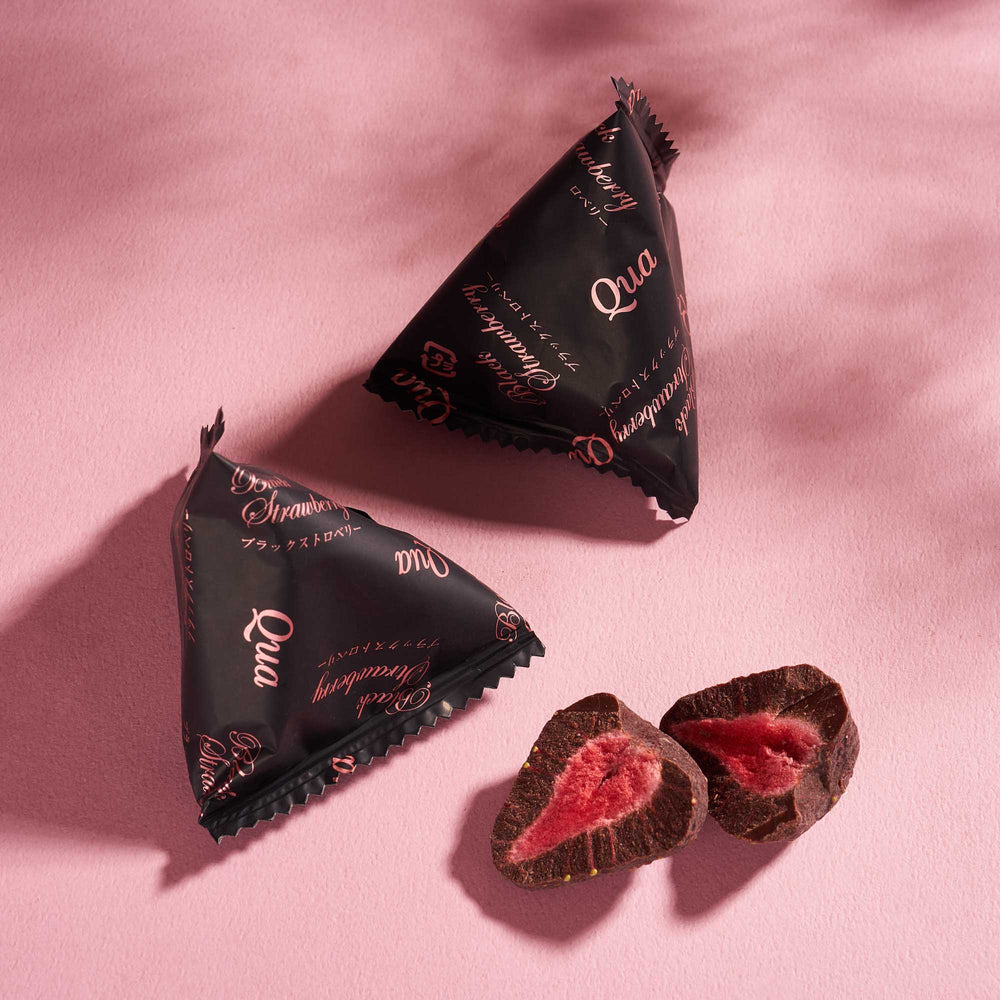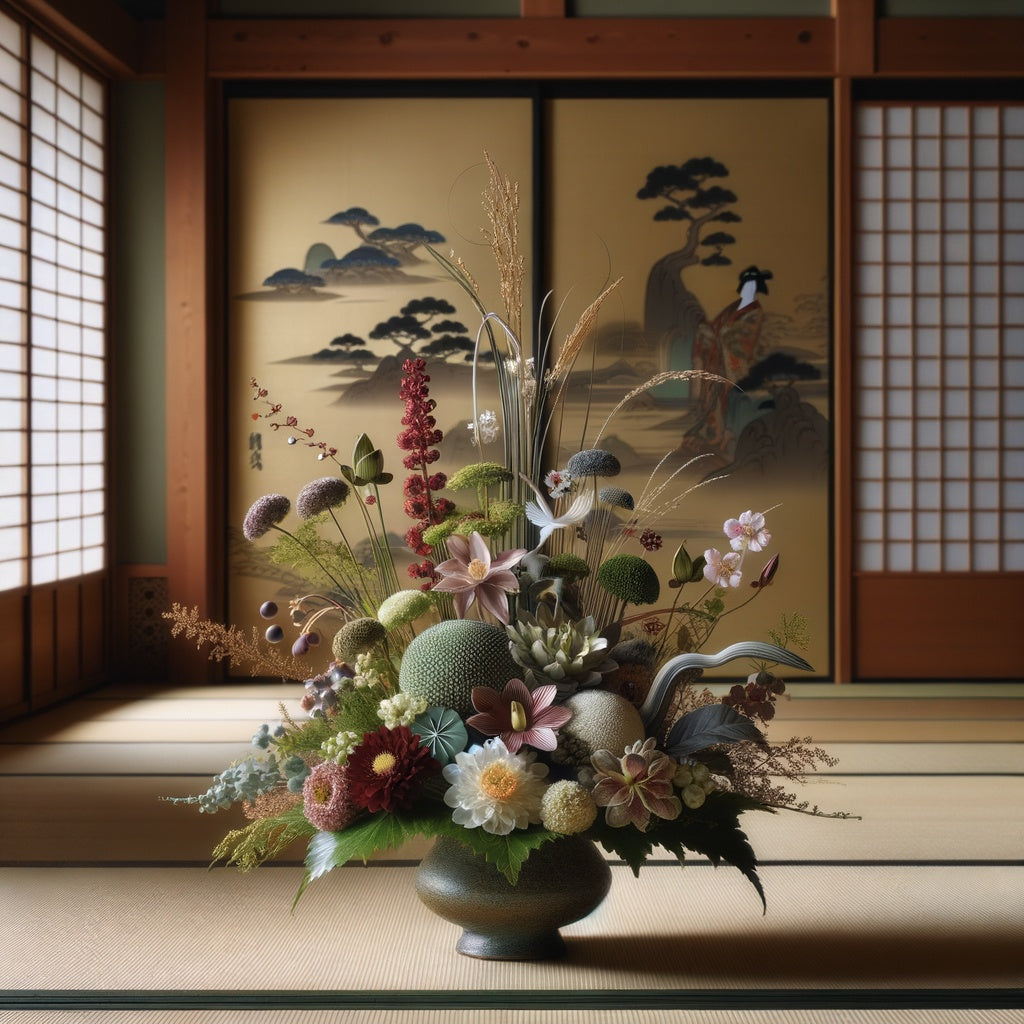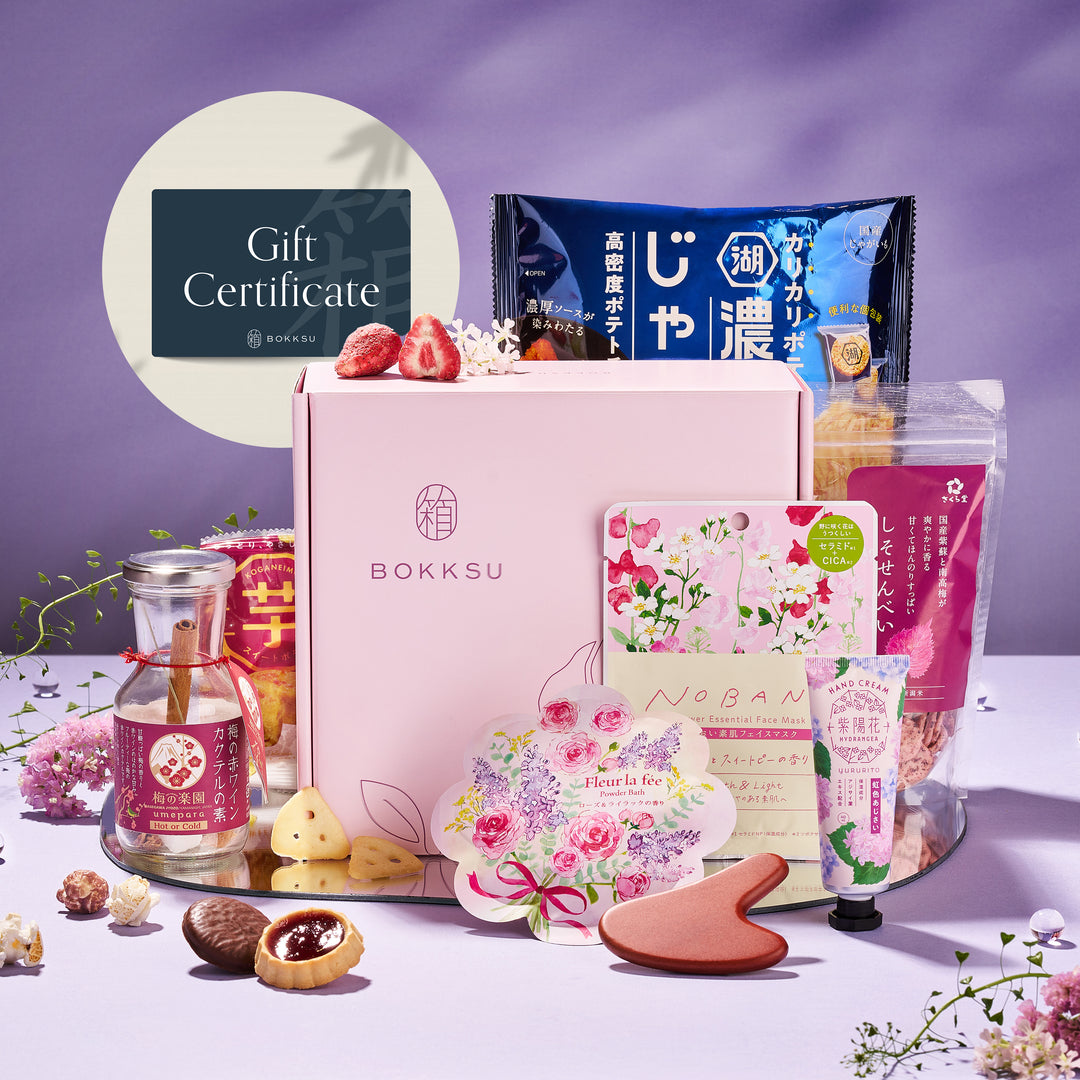What is Dagashi?
Dagashi is a broad category of inexpensive and fun Japanese snacks, many of which hold a sense of nostalgia for Japanese adults. Dagashi are sold in small quantities, often as individually wrapped candies or snacks. In contrast to wagashi, which are traditional Japanese snacks often served during tea ceremonies, dagashi are much less expensive and made with cheaper ingredients. Dagashi are not meant to be fancy. They are simple snacks meant to be enjoyed for their flavors and fun packaging. Dagashi can cost only 5 yen and typically cost less than 100 yen, which in U.S. currency ranges from about 5 cents to just under a dollar.

History of Dagashi
The term “dagashi” was coined during the Edo Period (1603-1868) when resources were scarce and sugar was expensive. Dagashi was created to be a more affordable snack option as opposed to wagashi and other sweets which were made of sugar. Instead, dagashi were made out of corn syrup and grains, which tends to make them less healthy but gives them a longer shelf life. After World War II, dagashi was popularized as a fun variety of snacks marketed towards children. Dagashi packaging typically features bright colors, bold designs, and recognizable characters.
Dagashi is comparable to the American “penny candy” of the 1950s and 1960s, which was a staple of American candy shops at the time. Similarly, during the height of their popularity in the same decades, specialty stores called dagashiya were a popular place for kids to stop after school to buy dagashi, small toys, and maybe even play some arcade games. These stores have declined over the past few decades in favor of convenience stores that sell more than just dagashi. However, there are still several dagashiya in Japan, and people enjoy the sense of childhood nostalgia they bring.
Types of Dagashi

Sweet Dagashi
There are many new types of dagashi candy that have been introduced in Japan, along with some classic dagashi candy that people continue to love. Some newer dagashi include sakuma drops, which are fruit-flavored hard candies that come in a small tin, and ramune candy, which are candy versions of the popular Japanese drink that come in a little soda bottle container. A traditional type of dagashi that is still popular is konpeito, which are colorful, round star-like candies made almost entirely from sugar. Konpeito was introduced to Japan by Portugal, but has become so popular in Japan that they are considered a traditional Japanese confection. In fact, you may have seen konpeito before in the Studio Ghibli movie Spirited Away—they are the cute little candies that the soot sprites go wild for! The Japanese also have a penchant for chocolate, and one of the most popular chocolate dagashi is Choco Bat, which is a milk chocolate shaped like a bat.

Savory Dagashi
Dagashi is not only for those with a sweet tooth, however. There are also many savory varieties of dagashi. One classic example is umaibo, a Japanese snack that has been popular since the 1980s and translates to “delicious stick.” Umaibo is a puffed corn snack that comes in many different flavors, but the original two are corn potage (a creamy Japanese soup) and grilled chicken. Umaibo is an especially nostalgic Japanese snack because it has been around for so long, and because it features a delightfully retro wrapper with a cat mascot. Some other savory types of dagashi include Baby Star Ramen, which is a crispy ramen flavored snack, and Big Katsu, which is made of fish but resembles and tastes like the Japanese breaded pork dish tonkatsu.
Another example of a classic Japanese snack that has a dagashi feel is Takoyaki Tei Corn Puffs. Takoyaki is a battered, grilled octopus snack that has a tangy soy flavor. This light and airy corn puff snack has the same round shape and flavor as takoyaki. Trust us, it’s delicious and you just have to try it!
Dagashi is often overlooked in favor of the elegant and intricate designs of wagashi, but there is a certain novelty to dagashi that stirs up nostalgia and can bring out the inner child in Japanese adults. Dagashi has a long history in Japan and has given people an affordable option for Japanese sweets and snacks for many years, and has become a part of Japan’s snacking culture.
Dagashi FAQs
WHERE CAN YOU BUY DAGASHI?
In Japan, you can find dagashi at many convenience stores or at old-school dagashi shops called dagashiya. Whether propelled by nostalgia or curiosity, you can also browse a large array of dagashi-inspired candies online. The examples below are more sophisticated and upscale than dagashi normally is, but they give you a sense of what the dagashi craze is all about.
Ramune is a very popular soda pop drink that comes in a little bottle. Handmade Ramune Candy are hard candies handcrafted by renowned maker Daimonji. They were created to mimic the unique soda flavor, fizziness, and refreshing quality that Ramune is known for. If you’re interested in fresh citrus flavors, check out Handmade Yuzu Sake Candy that tastes like refreshing yuzu lemonade that tastes as bright as Spring.
What are the Types of Japanese Snacks or Kashi 菓子
Until the 700s, kashi (菓子)mainly referred to fruit (果) in Japan! There’s nothing wrong with a healthy snack, but let’s count our blessings that sugar was introduced to Japan via China. Right away, Japan started working on their sweets game, and now—centuries later—we have a wonderful variety of delectable Japanese candy and desserts to choose from. Here are some Japanese words you’ll hear and see with the root of kashi or ka 菓:
Beika 米菓 = rice-based snacks like senbei, mochi, dango
Dagashi 駄菓子 = cheap sweets, candy, or confection
Kashi 菓子 = snack, candy, sweet, confection
Kashi pan 菓子パン = sweet bun with filling or topping
Kashi shokunin 菓子職人 = confectioner, pastry chef
Kashiya 菓子屋 = confectionary store
Okashi お菓子 = [“o” makes a noun honorific or polite] snack, candy, sweet, confection
Wagashi 和菓子 = traditional Japanese sweets often made with mochi and anko (bean paste)
Enjoy your Japanese sweets and snacks! But whatever you do, don’t confuse okashi お菓子 (snacks) with okashii 可笑しい (funny, strange). That would be weird.
Author Bio








 Bokksu Snack Box
Bokksu Snack Box



